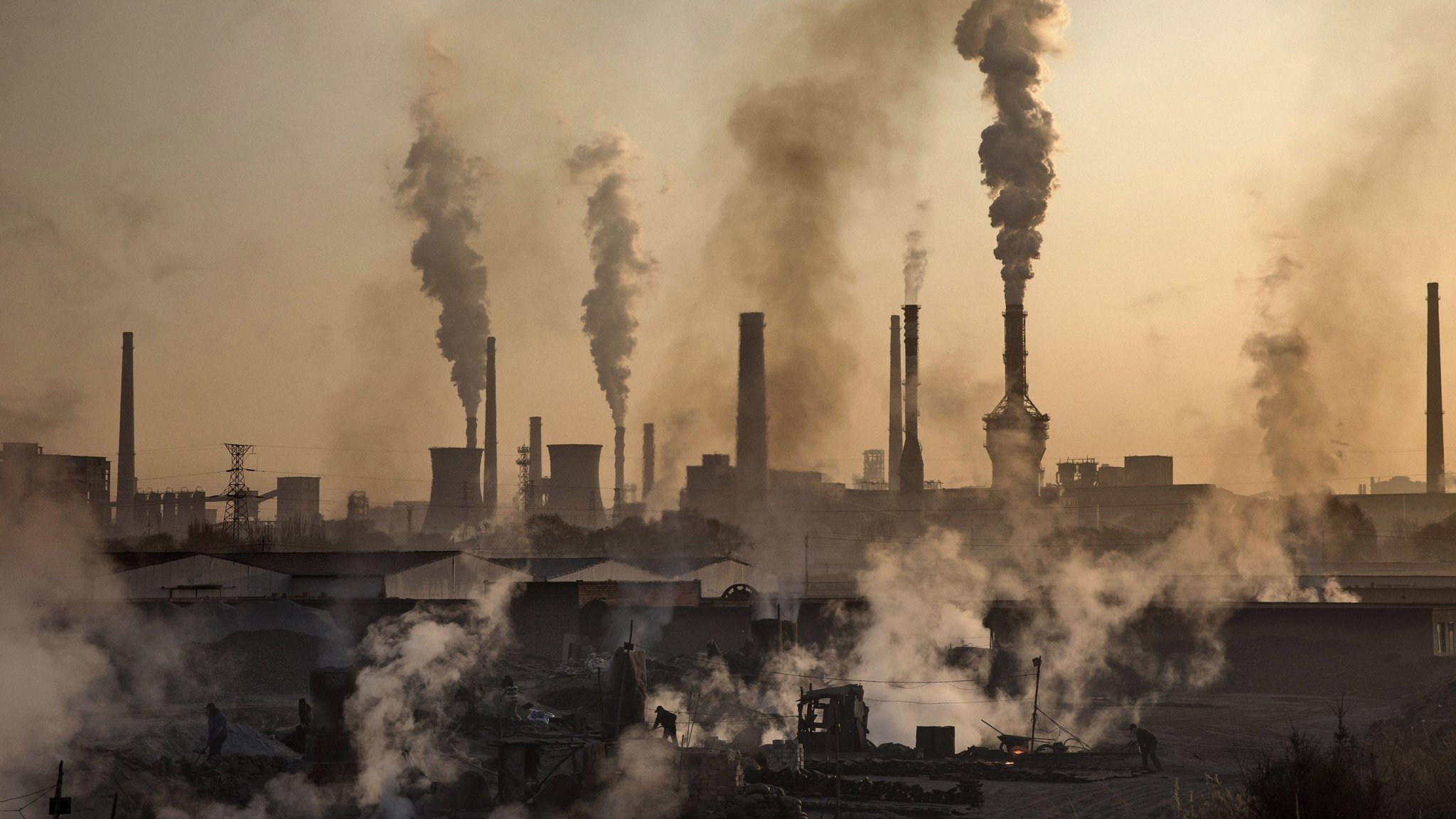There remain many confusions about human-induced climate change, online and in the media. There are many reasons for this, but the underlying science shouldn’t be one of them. If it isn’t possible to explain the scientific principles & predictions associated with climate change in a straightforward and accessible fashion, then what hope is there for any rational public discourse and decision-making on the subject?
Fortunately, the science behind the basic predictions of climate change is pretty basic, though it may appear counter-intuitive, which may have helped fuel misconceptions. Here are 5 tidbits that may address misplaced concerns.

1. How can the Earth be heating up when the energy we receive from the Sun isn’t changing?
SUPPORTED BY HEROES LIKE YOU
Support independent eco journalism that drives real change.The temperature on the Earth remains constant if the simple relation Energy IN=Energy OUT remains true. However, if CO2 increases then the energy radiated out by the Earth into space decreases because more of that radiation is absorbed in the atmosphere before it can escape into space. As a result, Energy OUT decreases. Since Energy IN remains the same, the Earth heats up.

2. How can human production of CO2 significantly impact the total amount of CO2 in Earth’s entire atmosphere?
In 1894 Swedish geoscientist Arvid Högbom estimated the CO2 total abundance in the Earth’s atmosphere and worked out how thick a layer would form on the Earth’s surface if all that CO2 were turned into liquid or solid form. The answer was surprising. It would form a layer about 1 mm thick! This suggested to him that currently living systems, which cover much of the earth’s surface, could certainly store a comparable amount of carbon. Human burning of fossil fuels has extracted carbon built up over millions of years from living organisms. In 1894 the total amount of carbon in the Earth’s atmosphere was about 600 billion tons. At the current time, fossil fuel burning emits about 10 billion tons of carbon into the atmosphere per year. Over a sixty-year period then, humans can dump as much carbon into the atmosphere as was there before we came onto the scene.

3. Why should we worry about predictions of sea-level rise when sea levels have risen at most by a few inches, and future estimates are based on uncertain and possibly pessimistic models of glacial and Antarctic melting?
Much of the currently measured sea-level rise is independent of glacier-melting. A recent study showed that temperature of the world’s oceans has increased by 0.075 degrees Celsius over the past 25 years. That may not sound like a lot, but it corresponds to a tremendous amount of heat: the equivalent of exploding 3.6 billion Hiroshima bombs in the ocean, or 4 Hiroshima bombs each second, 24 hours a day, 365 days a year, for the past quarter century. But that temperature change reflects only a small amount of the heat that has and is being dumped into the oceans due to additional radiative heat absorbed by the Earth. It takes centuries for that heat to equilibrate and heat the whole ocean. It is a basic fact that water expands when it is heated. Fully half of the currently measured sea level rise over the past 25 years has been due, not to glacial melting, but rather to the simple expansion of heated water. And even if we stopped emitting CO2 into the atmosphere today, the heat already dumped into the oceans will, as it thermalizes and increases global ocean temperatures, produce almost half a meter of sea level rise, worldwide, by 2100. This may not seem like a lot, but about 600 million people currently live on coastal land that is less than 1 meter above sea level.

4. Can’t we just worry about reducing CO2 emissions some in the future, if it really becomes a serious problem down the road?
Alas that saying about Las Vegas comes to mind: What happens in the atmosphere, stays in the atmosphere. The CO2 abundance atmosphere decays on a timescale of almost 1000 years, meaning that after 1000 years only about 50% of the CO2 abundance already emitted will have disappeared from the atmosphere. This means that even if we stopped emitting CO2 today, the current additional storage of heat in the atmosphere caused by CO2 would not disappear for centuries. Every billion tons of CO2 we add each year only exacerbates the problem.
5. Earth isn’t a Greenhouse. There is no glass barrier separating the atmosphere from space. So, if the atmosphere absorbs more heat energy due to increased CO2 abundance, won’t it just radiate that back out into space?
A greenhouse is indeed a poor analogy, but while different physics is involved, the net result is the same. It is a simple law of physics that if energy in=energy out, then the temperature of a system will remain constant. The Earth absorbs radiation from the Sun and in equilibrium radiates heat energy back out into space high in the atmosphere, where that heat can escape into space without being reabsorbed. As CO2 increases, the atmosphere becomes less transparent to infrared radiation, so the elevation where the radiation can escape out into space increases. But higher elevations are colder. Since the total power radiated by any system goes as the 4th power of the temperature, this means that at these new higher, colder, elevations, less radiation is emitted than was emitted at lower elevations when the atmosphere was more transparent. The reduced level of radiation out in the space will now not fully balance the incoming radiation from the Sun, causing the Earth to heat up. Eventually, these higher elevations too will become warmer and radiate more energy into space, reestablishing equilibrium so that temperatures will no longer increase. But in the meantime, Earth will have heated.




